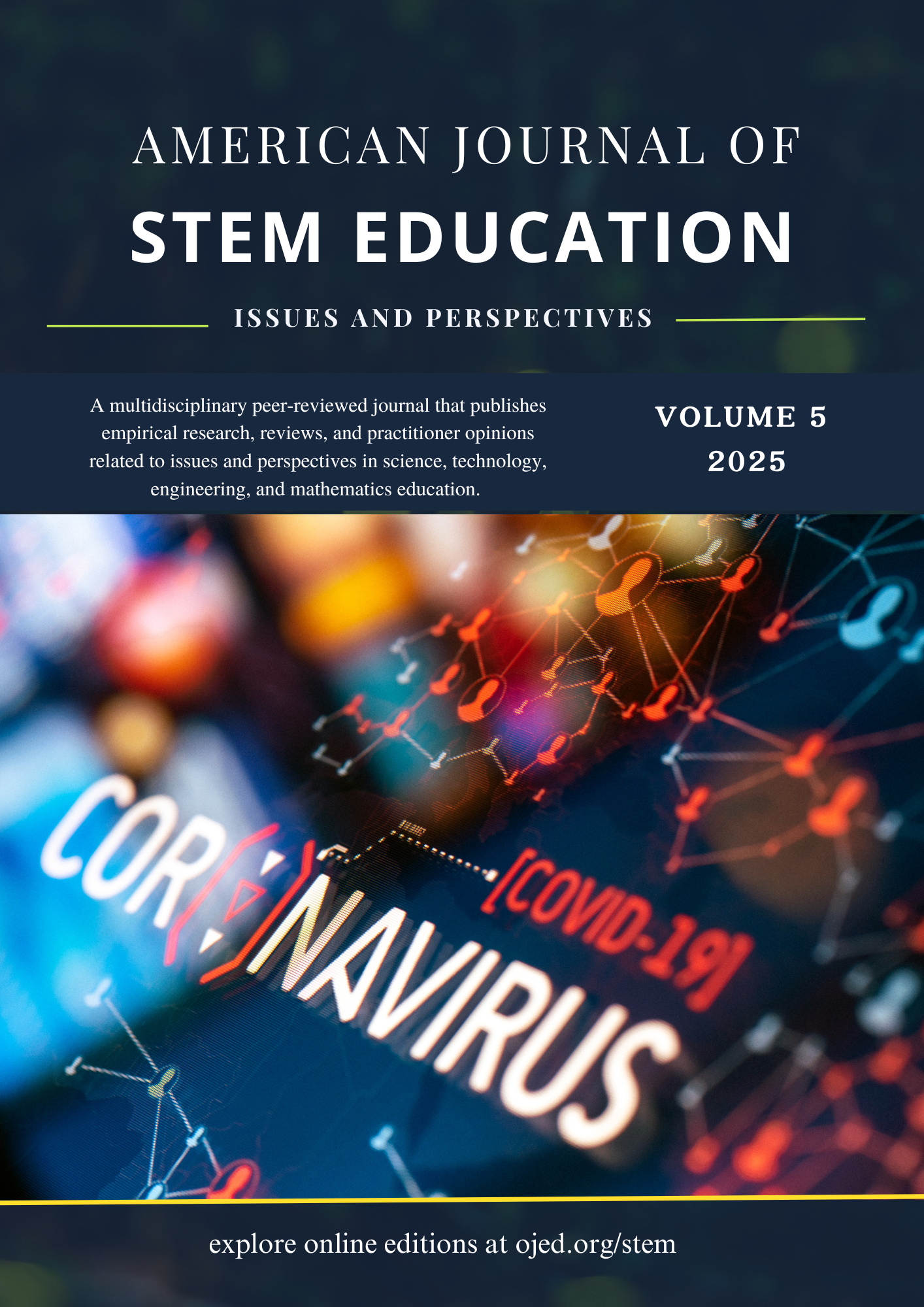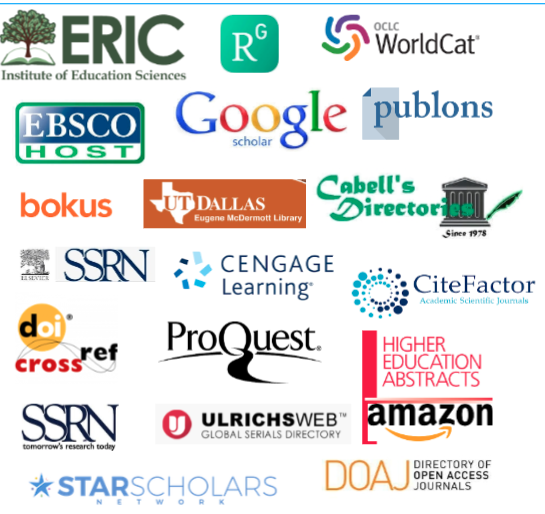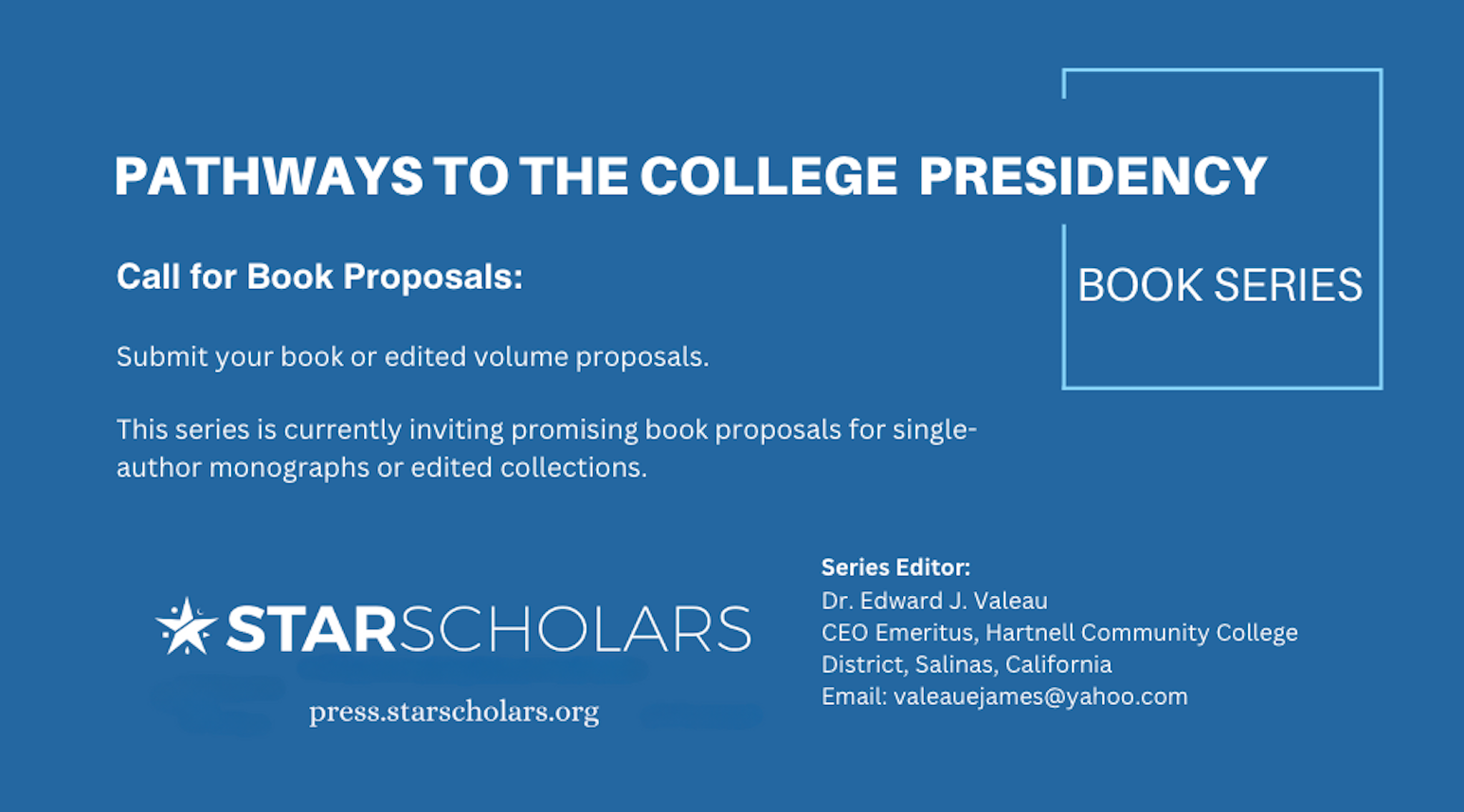STEAM education in the middle school language arts classroom
DOI:
https://doi.org/10.32674/1a5v2672Keywords:
STEM, interdisciplinary, transdisciplinary, language artsAbstract
This paper examines the integration of STEAM (Science, Technology, Engineering, Arts, and Mathematics) principles into middle school language arts classrooms to enhance engagement, comprehension, and interdisciplinary learning. STEAM fosters creativity, critical thinking, and problem-solving by connecting literature to real-world applications. Using novels such as The Westing Game, My Side of the Mountain, and The Memory Thief, the study highlights how incorporating scientific concepts—such as forensic science, environmental biology, and neuroscience—into literature lessons deepens students’ understanding of texts and STEM topics. This approach also benefits students with reading disabilities by providing multimodal, hands-on activities that support alternative learning pathways. Additionally, the integration of STEAM promotes 21st-century skills such as collaboration and communication. Despite challenges like limited resources and teacher training, STEAM-based language arts instruction offers a dynamic way to prepare students for success in a rapidly evolving world.

 Call for Special Issue Proposals
Call for Special Issue Proposals 


